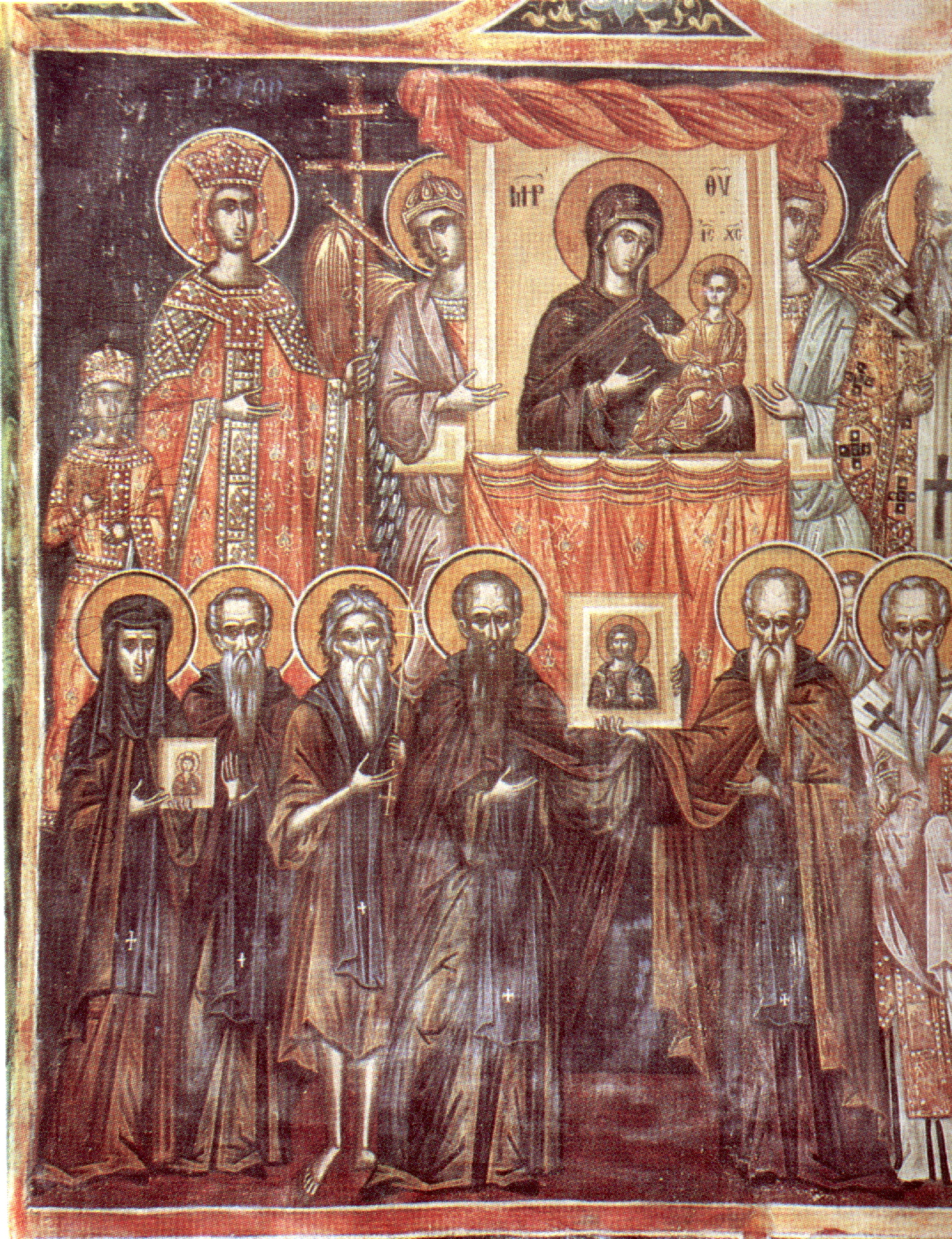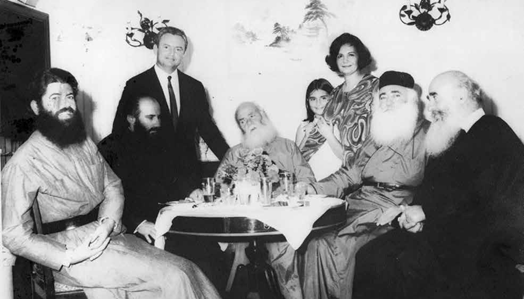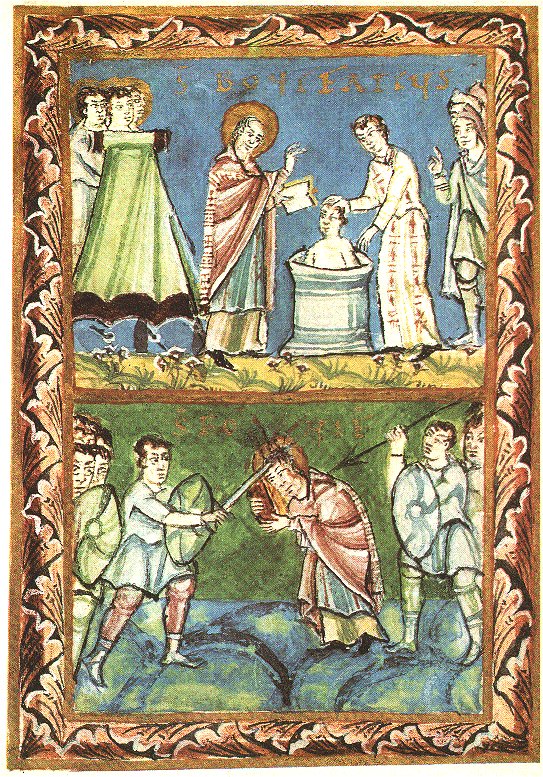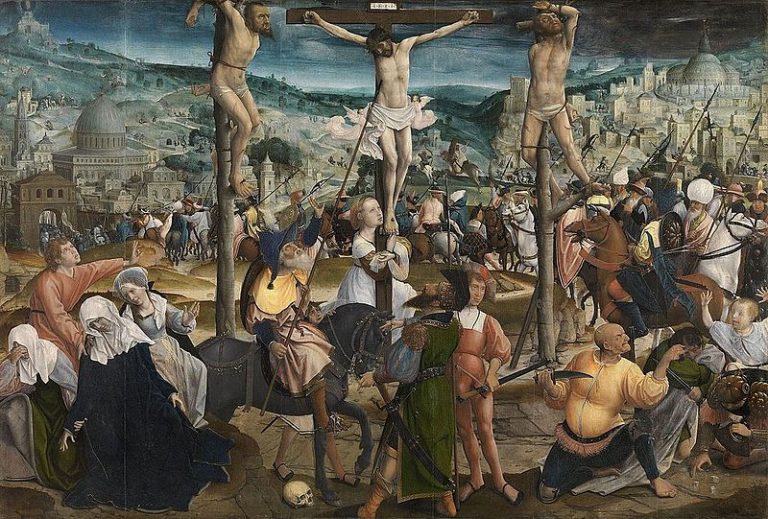Memory of the Fathers of the Second Ecumenical Council: Mission and Patristic Literature
Today, on Sporean Sunday, our Church, in a wonderful pedagogical way, once again “marries” the Holy Bible and Sacred Tradition, these two interconnected pillars of our faith. Through the Gospel we are offered each year the parable of the sower, which is familiar to us all. The sower is God and His own missionary living people. The seed that falls abundantly symbolizes the word of God and the places where it reaches the hearts of men. This parable reminds us of Christ’s last words on earth; those words that reveal the purpose of the Church: “Go ye therefore and make disciples of all nations, baptizing them in the name of the Father, and of the Son, and of the Holy Ghost, teaching them to observe all things whatsoever I have inspired you: and behold, I am with you always, even unto the end of the age” (Matt. 28:19). Furthermore, shortly before His crucifixion the Lord had spoken of the coming of the Holy Spirit: “But I tell you the truth: it is expedient for you that I should depart. If I do not go away, the deceiver will not come to you; but if I go, I will send him to you; and he who comes will control the world concerning sin, and concerning righteousness, and concerning judgment” (Jn 16:7-8). And “when he shall come, the Spirit of truth shall lead us into all truth: for he shall not speak of himself, but whatsoever he shall hear he shall speak, and shall declare unto us the things which are to come. He shall glorify us, that he may receive of me, and shall declare to you (John 16, 13-14)”. The Spirit descends on the day of Pentecost and with His descent He dwells in the Apostles. Thus the Church is founded, revealed in the Holy Scriptures and represented and interpreted by the Ecumenical Councils and its enlightened Fathers.
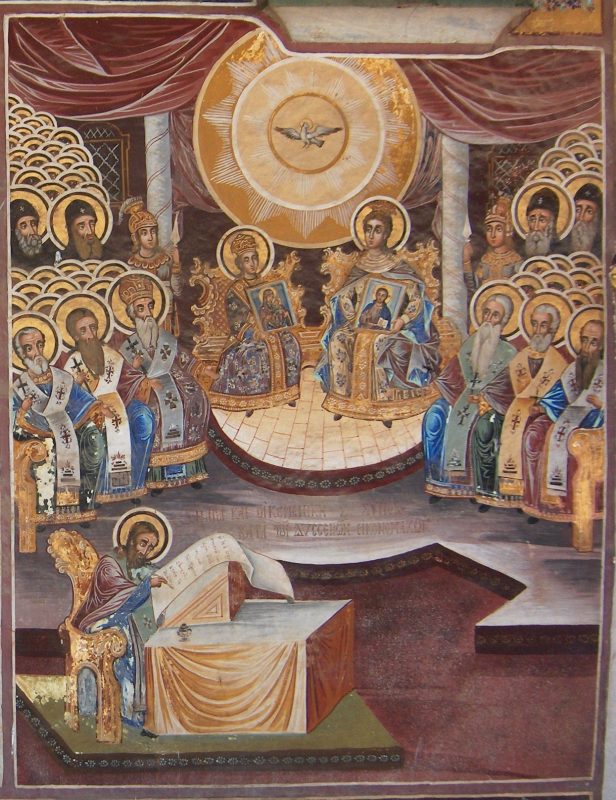
By studying this particular Gospel reading we realize that – by God’s grace – we can become not only cultivated farmers, but also sowers of God’s word or even collaborators in this work even if we are not on the front line, according to John: “and he who reaps half a harvest receives and bears fruit unto eternal life, even as he who sows rejoices and he who reaps” (Jn 4:36) and “there is another one who sows and another one who reaps” (Jn 4:37). As for the precious seed we hold in our hands, Uncle Paul in his apostolic reading assures us: “Faithful is the word!” (Tit. 3:8); it is trustworthy, true, undeniable, the Word of God! In spreading it, Paul “incites Titus and us as well. It is our duty and responsibility to carry with authority and conviction to our fellow men and women the message of salvation. The most convincing credential is our own life, since it is an applied gospel’ (Sakkou, Apostolic Perspectives, vol. 2, Thessaloniki 2009, p. 245). Those who have believed and experienced God’s offer in their lives spontaneously turn to good works” (Sakkou, Apostolic Pericles, vol. 2, Thessaloniki 2009, p. 245). Theotokos very practically interprets: “The apostle’s words mean that you must excel others or preside over good works and protect them. You excel in good works when your virtues exceed the virtues of others both in number and in magnitude. You protect good works when you excel in the cause of the orthodox faith and help the orphan and the widow and the wronged and unprotected and the one who works virtue” (Sakkou, Apostolic Pericles, vol. 2, Thessaloniki 2009, p. 245). And what are good works? All kinds of charity, as St. Chrysostom emphasizes; to help the neglected not only with money, but also to offer them protection, to strengthen both the hands and the orphans and all those who suffer; this means to be a leader in good works. “Not to wait for those in need to come to you, but to care for those who need your help yourself. For he who cares, so cares, and so indeed will do this thing with great interest. For truly by what he benefits he does not benefit and does not provide profit to those who are so benefited as to himself, for he gains parity before God” (Chrysostom, Epistle to Titus, Discourse n. 125).
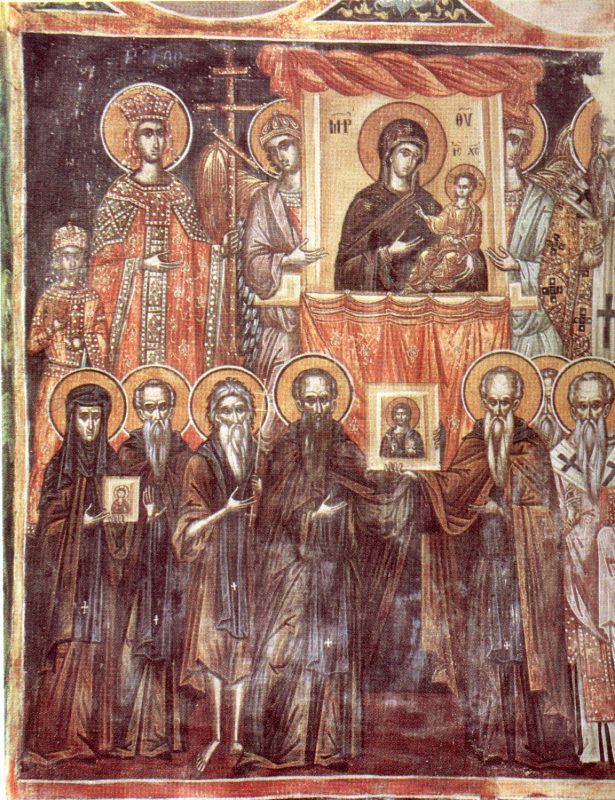
He also emphasizes that “Although virginity, fasting and exercise, sleeping in the dust, have harder labors than almsgiving, yet nothing is so strong and powerful in quenching the fire of our sins. It sets up, places, brings the merciful close to the King (God). For chastity, fasting and fasting only stops around the one who practices it and has saved no one else, but almsgiving reaches out to all and embraces the members of Christ. Besides, those deeds that spread to many are much greater than those that stop around one” (Chrysostom, Epistle to Titus, Letter to Titus, pp. 128-129).Of course, it is necessary to emphasize that the work of missionary work must be carried out within Orthodox limits, with absolute respect for the doctrines of the Church and the theophilic Patristic literature. Thus our Holy Church, at the beginning of its missionary work, has designated the commemoration of the Fathers of the Second Ecumenical Council. The Empress Irene “convened “in the splendid metropolis of Nicaea in the province of Bithynia” (Mansi 13, p. 1) the Seventh Ecumenical Council, which lasted from 24 September to 13 October 787 AD. (Theophanes the Confessor, Chronography, 458.10-463.13). It was attended by some 300 bishops, abbots and monks, the superiors of the Patriarch of Rome, the Patriarch of Constantinople and representatives of the Eastern administration. Furthermore, the Second Ecumenical Council dealt with iconoclasm. It condemned the heretical Council of Jeremiah, as well as those churchmen who recognized it. Patriarchs Anastasius, Constantine and Nikitas were anathematized: “the three false patriarchs were anathematized, Anastasius, Femi, and Constantine and Nikitan, and all their peers” (Theophanes the Confessor, Chronography, 458.10-463.13). “The venerable veneration of icons was instituted, iconoclasm was condemned, and the destruction of iconoclastic literature was ordered. Finally, the Seventh Council of Nicæa officially restored the icons” (Constantinos Metallidis, The Question of the Presidencies of the Ecumenical Councils, Thessaloniki 2013, pp. 125-127). I am commemorating only three of the Saints who led the struggle for the restoration of the sacred icons and the restoration of the correct doctrine:
- Germanos of Constantinople, who was the first to oppose the iconoclastic policy of Leo Issaurus, urged the people to react and resigned by placing his scapular on the altar,
- St. John Damaskinos who conducted a continuous struggle against the iconoclasts by writing theological treatises, as well as preaching for the restoration of holy icons and finally,
- the Patriarch of Constantinople, Tarasio, who abandoned his easy life as a civil servant, with his first concern after his consecration being the restoration of the holy icons through an Ecumenical Council. It is worth mentioning that during the convening of the Council his life was seriously endangered by a stand of the iconoclastic soldiers, but he did not give up the effort and the Orthodox faith was victorious with him!
We would propose, as far as the effort to connect our African brothers and sisters with the Patristic literature is concerned, the following: i. Translations of Patristic writings into local languages. I. Translating the texts of the Petrine writings into the local languages. II. Translations of Patristic quotations that are simple, instructive and understandable. This would be low cost, but would provide a great “first contact” for catechumens with the wisdom of the Saints. III. That Patrology be taught, as it already is, in several priestly assemblies, seminaries or even schools. IV. Students of seminary or theological schools on the African continent should study, even if only by first and later on in depth, the decisions of the Ecumenical Councils. This will have the immediate effect of making it easier for them to learn the doctrines of the Church, while at the same time enabling them to confront modern heresies that reproduce ancient deviations from the Orthodox doctrine of heretical persons. In conclusion, we quote an instructive troparion of the feast and at the same time timely; a troparion that reveals what life in the church was like after the restoration of the icons and how the church hopes to transform the nations through missionary work when it prays “O peace of the universal world, “Churches are adorned, graven images are now adorned with graven images; therefore the world, in churches, in the beauty of all things, in the beauty of images, join in the chanting; Blessed is God, our God, the Father of our fathers”. The memory of the Fathers of the Second Ecumenical Council is commemorated on the Sunday after 11 October of each year.
Apolytikon
Sound d’. Tachy bias. To the divines of the Spirit, and to the sevenfold eagles, the Fathers, who, with their minds subdued, Seventh assembly, have gathered from above, in the city of Nicæa, having established, in the presence of God, the all-seeing Icons. Of them with joy we commemorate. Amen.

